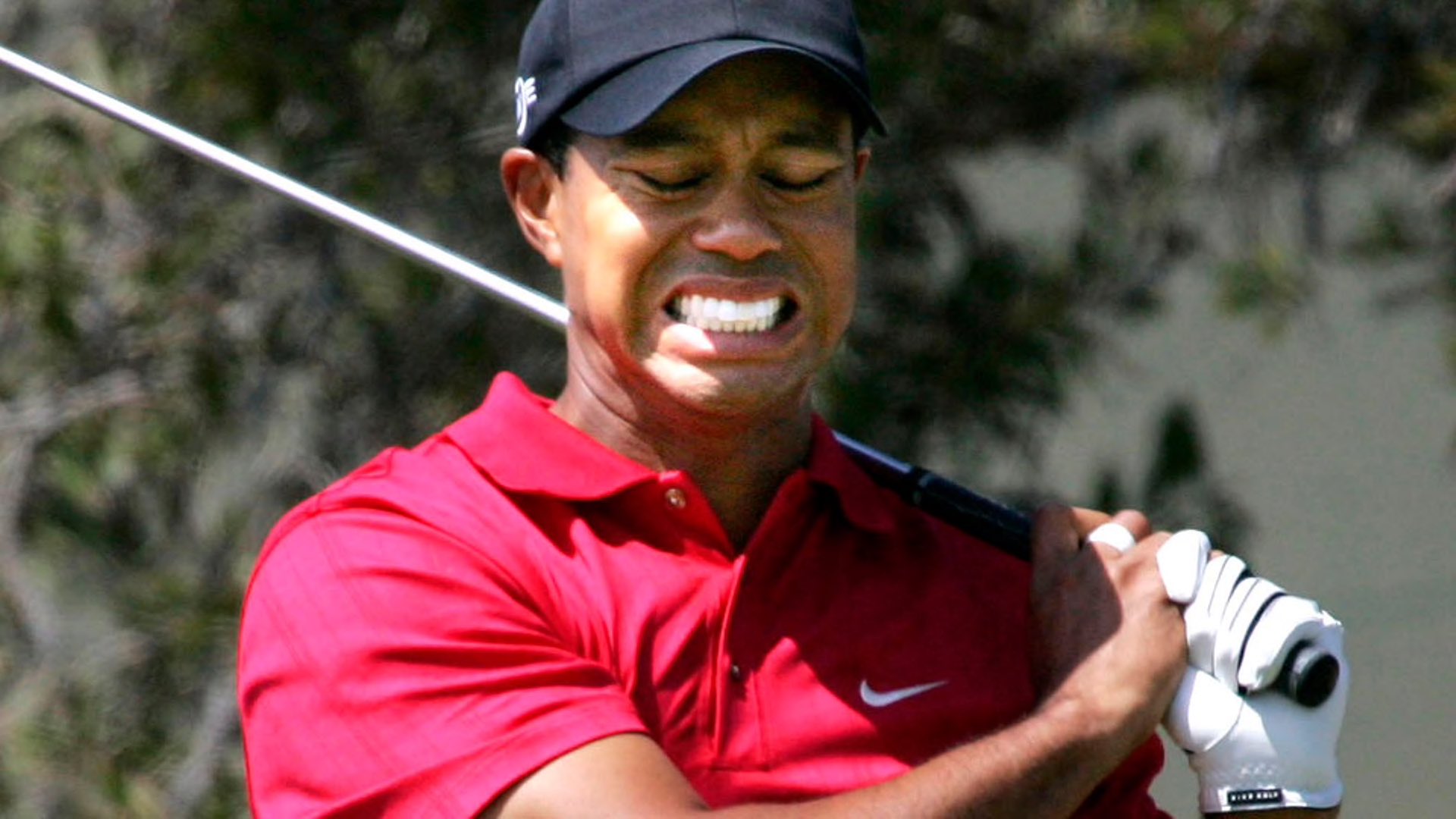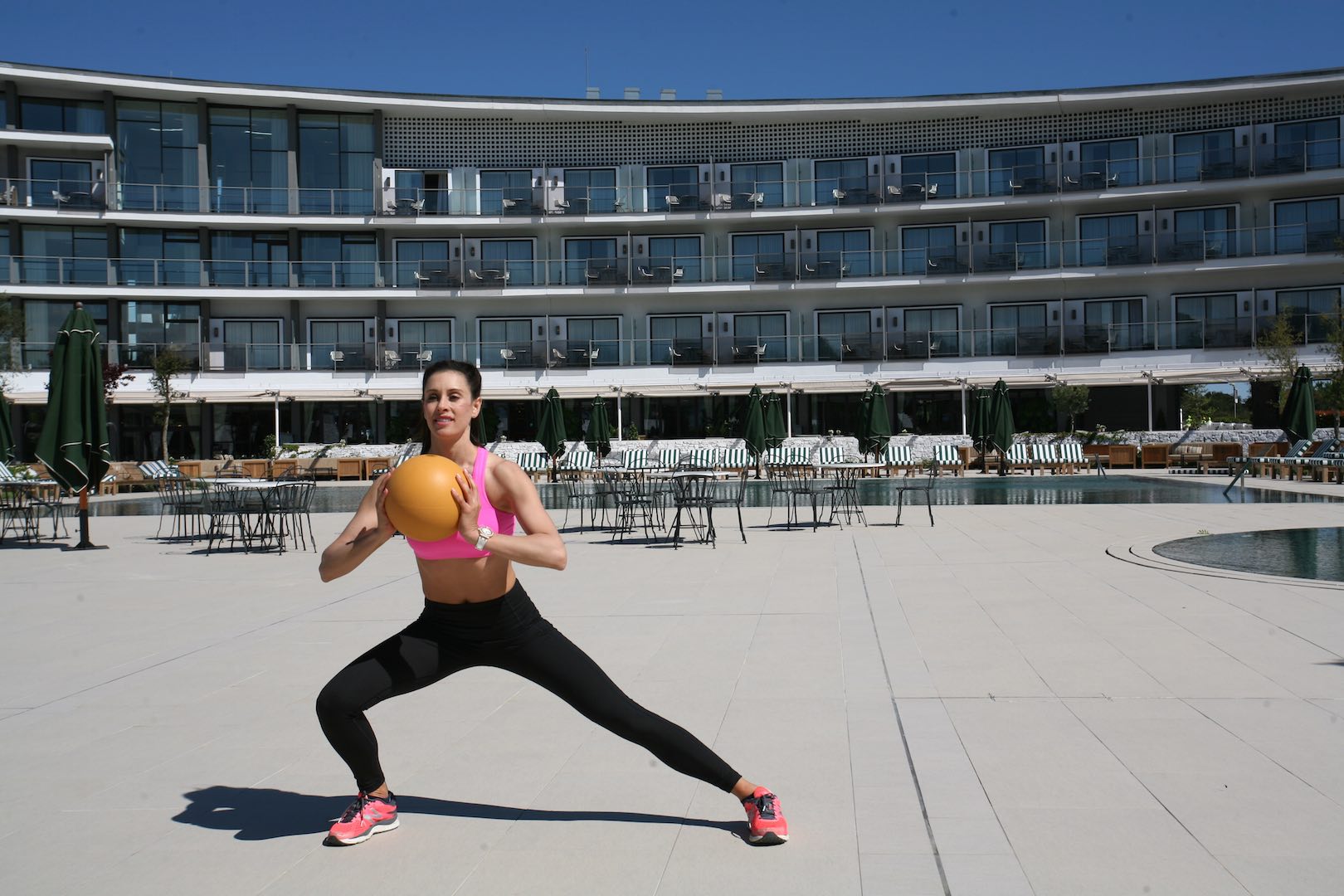Instruction
Latest > How the modern golf swing is destroying our backs
Feb 7th, 2019
How the modern golf swing is destroying our backs
New study shows high impact, high speed swings to blame
Words: Tim Southwell & Maria Verchenova Photography: David Corbett
Is it any coincidence that Tiger Woods – now that he's not launching himself at the ball like an angry octopus – is staying healthy on the golf course? The back problems that seemed certain to curtail his magnificent career are now, hopefully, behind him.
The golf swing is an unnatural movement to require our bodies to undertake and back problems have been part and parcel since day one. Add to this the sheer volume of golf swings tour pros make over a year – on the course and more intensely on the range – and you've got a recipe for problems.

"Damn you, Journal of Neurosurgery!"
In the latest issue of the Journal of Neurosurgery: Spine, doctors at the Barrow Neurological Institute assert that the modern "X-factor" swing favored by many professionals may hit balls harder and farther, but it can also put extra strain on the spine.
Dr. Corey T. Walker says: "We believe Tiger Wood's experience with spinal disease highlights a real and under-recognized issue amongst modern era golfers. RTD results from years of degenerative 'hits' or strains on the spine resulting in early onset breakdown, instability, and pain.
"We hope medical practitioners, and surgeons in particular, will be able to diagnose and treat golfers with RTD in a specialized fashion going forward."
The group continues that, not only are current golfers experiencing more back injuries than their predecessors, but that they suffer these problems a lot earlier in life compared to non-golfers of the same age.
"As golf has evolved over the last two decades, the golf swing has become more powerful. To keep up, modern-era professional golf players participate in intensive strength-training sessions. And the techniques of the swing have also changed.
"During the downswing, greater compressive force is directed toward the spinal disc and facet joints, and this affects these structures asymmetrically.
"With more than 300 swings per golf-playing day, the golfer repeatedly experiences minor traumatic injuries to the spine, which over time can result in a pathogenic process that the authors have termed "repetitive traumatic discopathy" (RTD).
Protect your back and play longer & better with Maria Verchenova's 'Glute Appreciation Society'
In this paper Walker and colleagues discuss modern-day golf swing biomechanics and how they relate to the development of RTD, earlier ages of players exhibiting RTD, and the possibility that golfer's athletic strength training may contribute to RTD. They also address treatment of patients with this repetitive spinal injury.
Phil Mickelson has been saying much the same for years: "You can play golf for a lifetime and injury-free if you swing the club like Bobby Jones did, like Ernest Jones used to teach—where it's a swinging motion rather than a violent movement. A lot of the young guys get hurt as they create this violent, connected movement, and I don't believe that's the proper way to swing the golf club."
GolfPunk Fitness Guru Maria Verchenova knows all about this stuff and has devised several key ways in which we can protect our backs, with simple quick exercises to strengthen glutes, core and lower back. If you want to avoid prolonged periods of missing out on the game, you need to maximise the flexibility in your middle to upper back. Check out these excellent videos from Maria:
More power off the tee with these quick push ups
And Another Thing!
GolfPunk Selects: 7 Of The Best Drivers for 2019 - upset your glutes with one of these!




